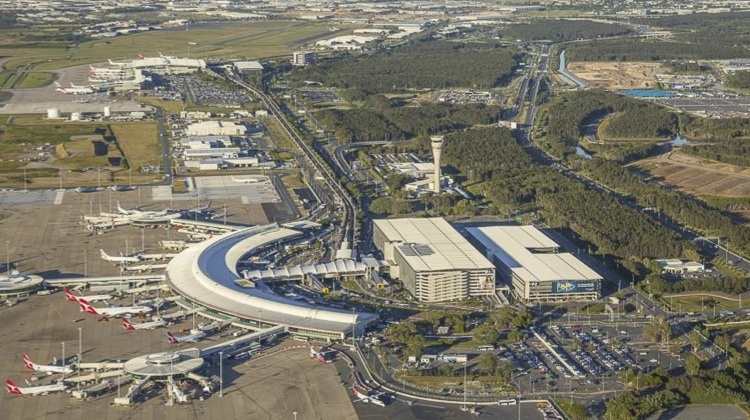
Australia’s Department of Infrastructure and Regional Development has released a public consultation paper on proposed reforms that aim to modernise the laws protecting the airspace around airports.
The paper, titled, Modernising Airspace Protection, proposes a number of reforms to existing legislation following an examination of the legislative, regulatory and administrative arrangements in relation to airspace protection, obstacle and hazard mitigation, military airfields, communications, navigation and surveillance (CNS) equipment and rules covering tall structures around aerodromes.
The review, which was prompted by the 2014 Aviation Safety Regulation Review report, was conducted by the Department in consultation with Airservices, the Civil Aviation Safety Authority (CASA) and Department of Defence.
“Infrastructure found a number of regulatory gaps ranging from outdated regulatory approaches failing to provide suitable transparency and accountability for Commonwealth decision-making and/or creating uncertainty where regulations were absent or ambiguous, to regulatory overlap due to legacy regulations still being in force, and considerable scope for improvement in regulatory oversight,” the discussion paper said.
Specifically, the report noted the process for the establishment of prescribed airspace by the operator of a leased federal airport was not clearly defined.
“The current airspace regulations under the Airports Act need to be modernised and streamlined to enable the future safe and efficient growth of these nationally important transport hubs in conjunction with facilitating appropriate urban density policies of State, Territory and Local governments,” the paper said.
“Neither the Airports Act nor the CA [Civil Aviation] Act obliges the proponent of an application for intrusion into prescribed airspace to demonstrate an understanding of the implications of the intrusion.
“The proponent seems to bear a disproportionately small responsibility for introducing a hazard into navigable airspace, whilst the operator of the airport and Commonwealth aviation agencies are expected to undertake detailed and resource intensive assessments of such proposals within short timeframes.”
In addition to modernising airspace protection, the proposed reforms also cover protection of the national communications, navigation and surveillance (CNS) network, as well as measures to improve safety for low-flying aircraft, including commercial operations and aerial emergency search and rescue services.
“Given their economic, social and community role it is important that Australia’s major airports are protected from intrusions into navigable airspace, which would diminish aviation safety and limit future aviation-related expansion plans, such as building new runways,” the paper said.
“A critical part of regulating airports is in ensuring obstacle-free airspace is available for aircraft during approach, landing and take-off.”
Public submissions were due before February 28 2017.
The full discussion paper can be read on the Department’s website.
Minister for Infrastructure and Transport Darren Chester said the paper proposed a modern, consultative and risk-based approach to airspace proaction around airports and critical aviation CNS facilities, as well as options for better protection of low-flying aircraft from hazards operating away from airports.
“I am looking forward to feedback from interested parties as we work toward modernising airspace protection in Australia,” Chester said.












